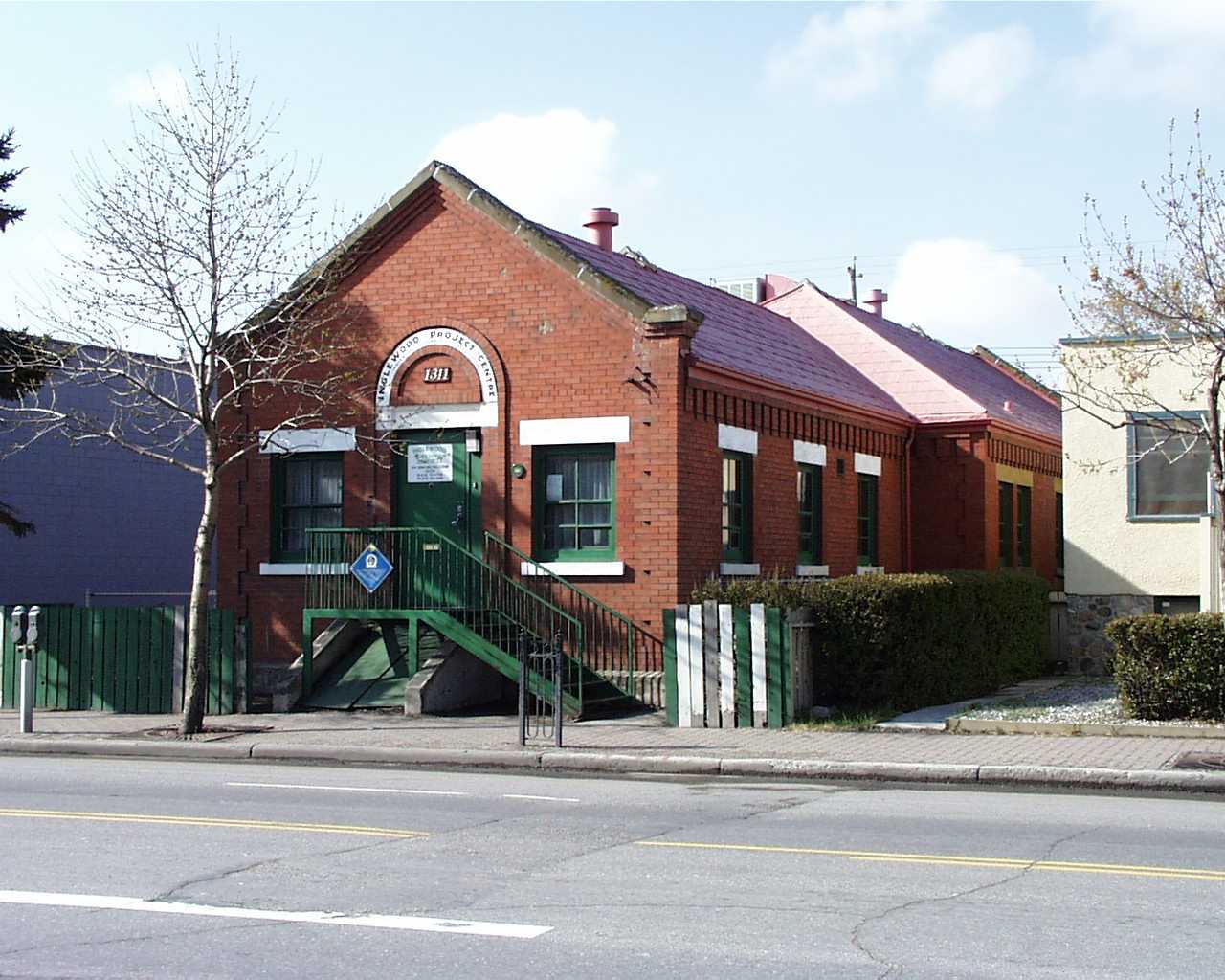Everyday life is hard to imagine without a telephone connection. The inventor of the telephone is considered to be the American Alexander Bell, it was he who patented the principle of telephoning on February 14, 1876. Although Bell’s primacy is debated, one thing is clear: the invention was an innovative breakthrough of the time. When and how the invention reached Calgary, read more at calgary-future.
Laying a telephone line by Walker
In 1881 it was announced that the Canadian Pacific Railway (CPR) would pass by Fort Calgary. Then interest in the land east of the Elbow River began to grow rapidly. After the appearance of tracks, a community arose near the fort. Because land prices were high, the CPR decided to bypass the existing community and purchase cheaper land west of the Elbow, where it built its station. Residents of the community soon began to move to this area.
Among those who remained was Major James Walker of the North-West Mounted Police. His home, called Inglewood, later gave its name to the community, and exactly in his home Calgary’s first telephone system was installed. In 1885, Walker ran a telephone line from the house to his own sawmill, two miles away.
Several other providers were later connected to Walker’s system, but they were disconnected as early as 1887 because the Calgary City Council invited the Bell Telephone Company to build a city-wide telephone system.
Construction of the system throughout the city
By the beginning of the 20th century, Bell already had a telephone system throughout Calgary, but the city was not happy with such a telephone monopoly. In 1905, the provincial government was created, by which time Bell had established communication not only in Calgary, but also in most cities in Alberta. In rural areas, communication was not carried out.
The provincial government eventually bought out Bell’s stake in the province and in 1906 formed a corporation called Alberta Government Telephones (AGT). The corporation provided telephone services in rural areas and improved them in large cities.
Until 1909, the system was operated manually, that is, the customer lifted the receiver and asked the operator to connect the call to the desired number. If the number was located in the same central office and was located on the operator’s switchboard, the operator connected the customer to the desired subscriber by inserting the calling cord into the socket corresponding to the subscriber’s line. If the called party’s line was on another switchboard or office, the operator would connect to the trunk line of the switchboard and ask the other operator to connect the call. However, by 1909, Calgary’s population was already 29,265, at which point manual service became impractical, so AGT installed an automatic station.
Automatic telephone exchange
The station was located in a red brick building at 1311-9th Avenue East, designed by architect A. M. Jeffers, the creator of most of Alberta’s major government buildings.

Opened in 1909, it served as a substation of the main telephone exchange on 7th Avenue. The Automatic Electric Company equipped the building to handle 300 telephone lines, and the next year the building was expanded to handle 1,000 lines.
Other stations were opened soon, as a result, by 1921 most Calgary homes and businesses had telephones. The station continued to serve the south-eastern part of the city until 1957, when it was closed in favor of newer and more modern facilities. The building itself was later rented out, it served for various purposes: it was a kindergarten, a workshop for repairing shoes, etc.
In 1972, the building was sold to the Inglewood Civic Association and became the Silver Threads Civic Center. In April 2009, the building was listed as an Alberta Historic Place because it represents the introduction of the automated telephone system in Calgary and symbolizes the development of innovation in the city.


